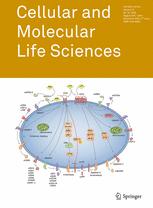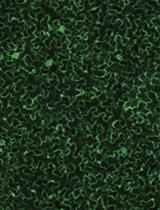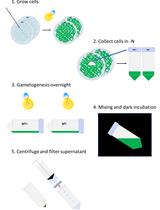- EN - English
- CN - 中文
A Golden Gate-based Protocol for Assembly of Multiplexed gRNA Expression Arrays for CRISPR/Cas9
基于Golden Gate法的CRISPR/Cas9多重gRNA表达阵列组装方案
(*contributed equally to this work) 发布: 2016年12月05日第6卷第23期 DOI: 10.21769/BioProtoc.2059 浏览次数: 27307
评审: Renate WeizbauerGal HaimovichAnonymous reviewer(s)

相关实验方案
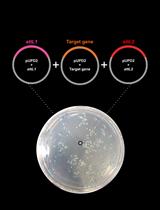
使用Brick into the Gateway (BiG) 实验方法快速克隆细菌基因
Flaviani G. Pierdoná [...] Fabio T. S. Nogueira
2022年12月20日 2298 阅读
Abstract
The CRISPR (clustered regularly interspaced short palindromic repeats)-associated protein 9 (Cas9) has become the most broadly used and powerful tool for genome editing. Many applications of CRISPR-Cas9 require the delivery of multiple small guide RNAs (gRNAs) into the same cell in order to achieve multiplexed gene editing or regulation. Using traditional co-transfection of single gRNA expression vectors, the likelihood of delivering several gRNAs into the same cell decreases in accordance with the number of gRNAs. Thus, we have developed a method to efficiently assemble gRNA expression cassettes (2-30 gRNAs) into one single vector using a Golden-Gate assembly method (Vad-Nielsen et al., 2016). In this protocol, we describe the detailed step-by-step instructions for assembly of the multiplexed gRNA expression array. The gRNA scaffold used in our expression array is the gRNA 1.0 system for the Cas9 protein from Streptococcus pyogenes driven by the human U6 promoter.
Background
The broadened CRISPR toolbox based on wild-type Cas9 or nuclease-deficient Cas9 (dCas9) has greatly facilitated genome/epigenome editing and regulation in all organisms. Multiplexed gene editing or regulation requires simultaneous expression of several gRNAs in the same cell. The traditional way of delivering several gRNAs into cells is based on either co-transfection of individual gRNA expression vectors or generation of a vector carrying multiple gRNA expression cassettes using traditional cloning; a process which is extremely time consuming. Another way of generating a vector containing multiple gRNA expression cassettes is based on gene synthesis, which is costly and only applicable when working with a very limited number of gRNA expression cassettes. The current protocol is based on Golden Gate cloning which can be used to assemble up to 30 individual gRNA expression cassettes into a single vector within 7 days (Figure 1), with each cassette being driven by an individual human U6 promoter. In our study, we have validated the applicability of this system in both human and porcine cells, but it is in principle compatible with applications in any other organisms that can utilize the human U6 promoter. Compared with existing methods, our method is cost effective, rapid (7 days) and flexible (applicable with any gRNAs that do not contain a BbsI, BsaI or BsmBI recognition site). Many applications of CRISPR/Cas9 may benefit from using our system, including multiplexed gene knockout by CRISPR/SpCas9, multiplexed gene inhibition by CRISPRi, and multiplexed gene activation by CRISPRa.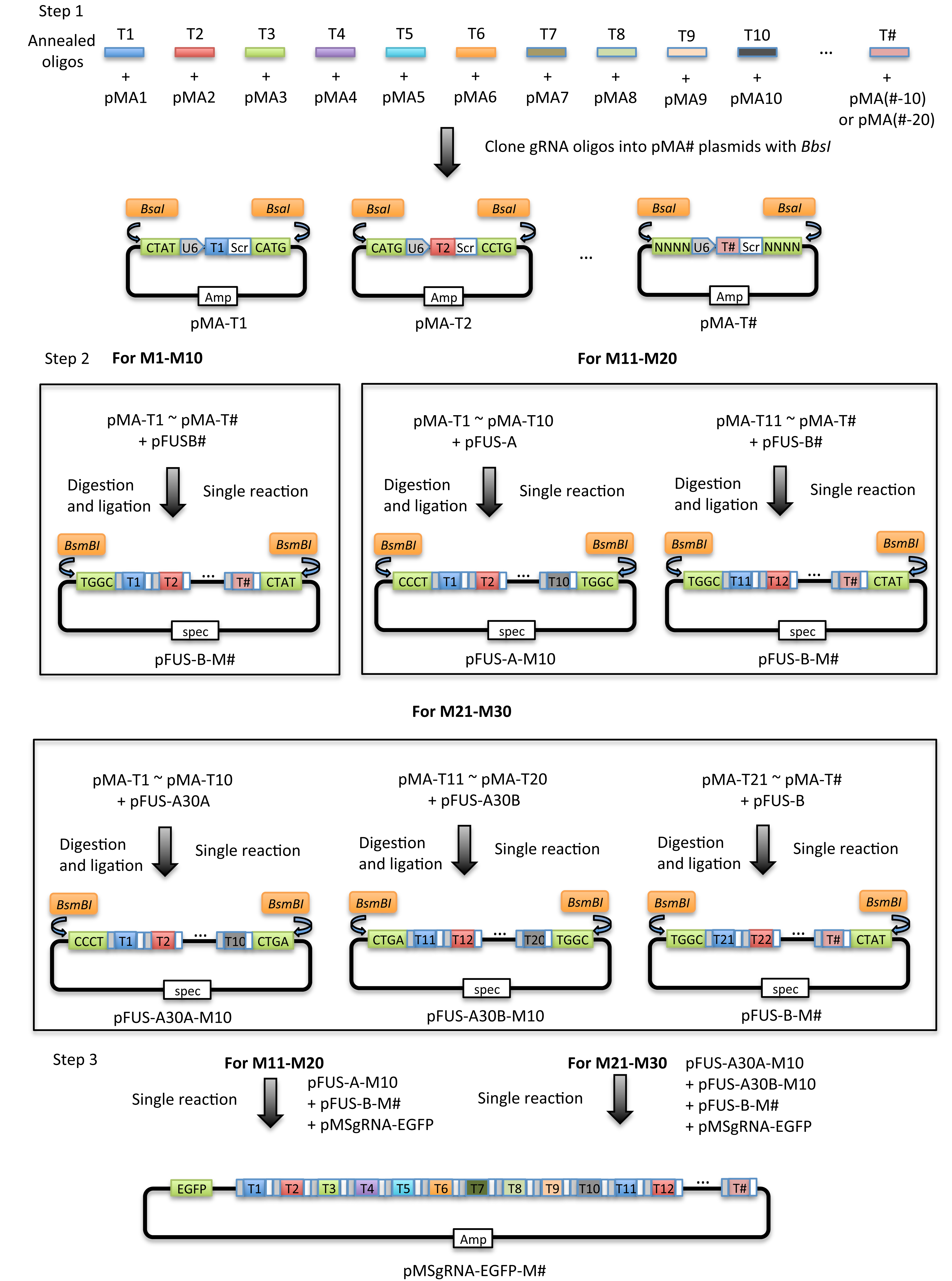
Figure 1. Schematic illustration of the principle of the current protocol. The current protocol is carried out in 2-3 major steps which vary depending on the number of gRNA expression cassettes to be assembled. Step 1: The gRNA oligonucleotides (T#) are cloned into individual modular single gRNA expression vectors (pMA-SpCas9-g#). Step 2: The individual gRNA expression vectors (pMA-T#) are assembled into 1-3 array vectors depending on the total number of gRNAs. Step 3: For assembly of 11-30 gRNA expression cassettes, 2 to 3 individual array vectors are subjected to a second round of assembly to yield the final EGFP expressing vector (pMsgRNA-EGFP).
Materials and Reagents
- 200 µl PCR tubes
- 1.5 ml Eppendorf tubes
- 10 or 100 µl pipette tips
- Competent E. coli cells (No particular preference, but should be recombination deficient)
- The modular gRNA plasmids (available from Addgene, see Table 1 for corresponding Addgene plasmid IDs)
- The pFUS-B1 to pFUS-B10, pFUS-A, pFUS-A30A and pFUS-A30B plasmids (available from Addgene, Golden Gate TALEN and TAL Effector Kit 2.0) (Addgene, catalog number: 1000000024 )
- NEB buffer 2 (New England BioLabs, catalog number: B7002S )
- BbsI (FastDigest) (Thermo Fisher Scientific, Thermo ScientificTM, catalog number: FD1014 )
- T4 DNA ligase (5 U/μl) (Thermo Fisher Scientific, Thermo ScientificTM, catalog number: EL0014 )
- Distilled H2O
- Ampicillin (Sigma-Aldrich, catalog number: A1593 )
- LB medium
- dNTP
- DreamTaq or other equivalent DNA polymerase (Thermo Fisher Scientific, Thermo ScientificTM, catalog number: K1072 )
- Agarose
- Plasmid prep mini kit (No particular preference, we used the Nucleo Spin plasmid easy pure kit from MACHEREY-NAGEL, catalog number: 740727 )
- BsaI (BpiI) (FastDigest) (Thermo Fisher Scientific, Thermo ScientificTM, catalog number: FD0293 )
- Plasmid-SafeTM ATP-Dependent DNase (Epicentre, catalog number: E3101K , ATP is included in this kit)
- Spectinomycin (Sigma-Aldrich, catalog number: PHR1441 )
- X-gal (Sigma-Aldrich, catalog number: B4252 )
- IPTG (dissolved IPTG in water) (Sigma-Aldrich, catalog number: I6758 )
- AflII (BspTI) (Thermo Fisher Scientific, Thermo ScientificTM, catalog number: FD0834 )
- XbaI (Thermo Fisher Scientific, Thermo ScientificTM, catalog number: FD0684 )
- BsmBI (Esp3I) (FastDigest) (Thermo Fisher Scientific, Thermo ScientificTM, catalog number: FD0454 )
- Universal primers for PCR screening (see Table 1)
Table 1. Plasmids and primers. Plasmids developed for this protocol are available from Addgene with corresponding Addgene IDs. Single modular plasmids (pMA-SpCas9-g1 to pMA-SpCas9-10) for cloning gRNA oligonucleotides into individual gRNA expression plasmids. Array plasmid (pMA-MsgRNA-EGFP) for assembly of gRNA expression array containing 11-30 gRNA expression cassettes. Primer sequences used in this protocol for screening of assembled array plasmids.
Note: The Universal U6 and Scr primers have been modified to suit the PCR conditions in this protocol.Plasmid Addgene ID pMA-MsgRNA-EGFP 80794 pMA-SpCas9-g10 80793 pMA-SpCas9-g9 80792 pMA-SpCas9-g8 80791 pMA-SpCas9-g7 80790 pMA-SpCas9-g6 80789 pMA-SpCas9-g5 80788 pMA-SpCas9-g4 80787 pMA-SpCas9-g3 80786 pMA-SpCas9-g2 80785 pMA-SpCas9-g1 80784 Primers Sequences (5’-) Universal U6 Forward ATAAGGATCCGGTCTCGCTATGAGGGCCTATTTCCCATG Universal Scr Reverse ATAATGTACAGGTCTCCCATGTAACTTGCTATTTCTAGCTC
Equipment
- Heating block (Grant Instruments, model: QBD2 )
- Microcentrifuge (Eppendorf, model: Centrifuge 5424 )
- 37 °C Thermo incubator (Labnet International, model: 211DS )
- 37 °C shaking incubator (environmental incubator shaker G24 ) (Eppendorf, New Brunswick Scientific, model: G24)
- Thermal cycler (Thermo Fisher Scientific, Applied BiosystemsTM, model: Veriti® 96 well thermal cycler )
- DNA electrophoresis apparatus (Bio-Rad Laboratories, model: Wide mini-sub cell GT )
- Nanodrop (Thermo Fisher Scientific, model: Nanodrop 1000 Spectrophotometer )
Procedure
文章信息
版权信息
© 2016 The Authors; exclusive licensee Bio-protocol LLC.
如何引用
Vad-Nielsen, J., Lin, L., Jensen, K. T., Nielsen, A. L. and Luo, Y. (2016). A Golden Gate-based Protocol for Assembly of Multiplexed gRNA Expression Arrays for CRISPR/Cas9. Bio-protocol 6(23): e2059. DOI: 10.21769/BioProtoc.2059.
分类
植物科学 > 植物分子生物学 > DNA > DNA 修饰
分子生物学 > DNA > 诱/突变
您对这篇实验方法有问题吗?
在此处发布您的问题,我们将邀请本文作者来回答。同时,我们会将您的问题发布到Bio-protocol Exchange,以便寻求社区成员的帮助。
Share
Bluesky
X
Copy link




